We spoke with three designers – two expats, one Swede – living in Stockholm about their favourite places and what makes Swedish design so special. From shopping to galleries to bars and cinemas, here are their top picks.
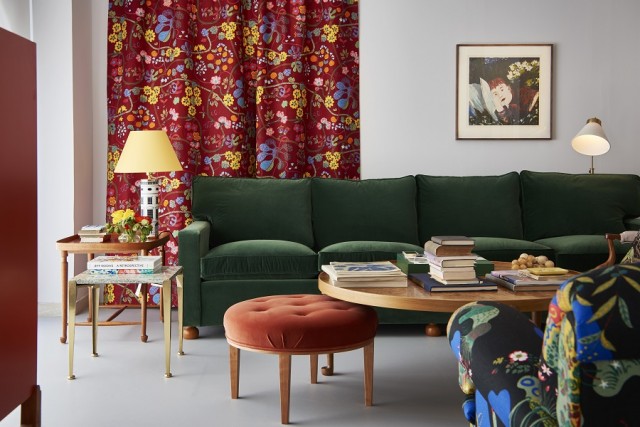
Photo: Svenskt Tenn
Svenskt Tenn is classic Swedish design at its best. The interior design company was founded in 1924, and even today entering the shop is like getting a peek at the old-world charm of the 1930s and 40s – but through the bright-coloured lenses of the modern bold, forward-thinking, fun-loving Swedes.
It's a favourite of internationally renowned Swedish designer Monica Förster.
”Svenskt Tenn is interesting because it basically only exists here. I believe there’s one tiny showroom in Tokyo – but this is it, the only shop,” Monica explains. She adds that she’d recommend visitors check it out even if they’re only in Stockholm for a day.
“It’s so unique. Personally, when I travel somewhere I want to see something unique with that place, not something that exists all over.”
Skogskyrkogården – The Woodland Cemetery
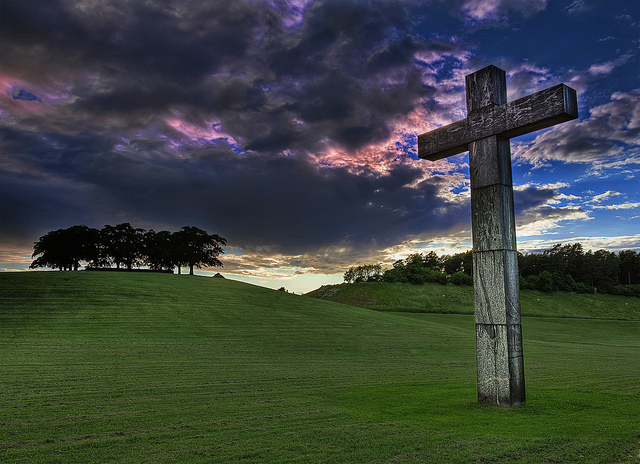
Photo: Tobias Lindman/Flickr
But Monica’s top recommendation, above all else?
“Definitely the Woodland Cemetery. It’s incredible.”
This one might seem obvious – it is a UNESCO World Heritage site, after all. And yet it's surprising how many people visit or even live in Stockholm and miss this stunning example of Swedish architecture.
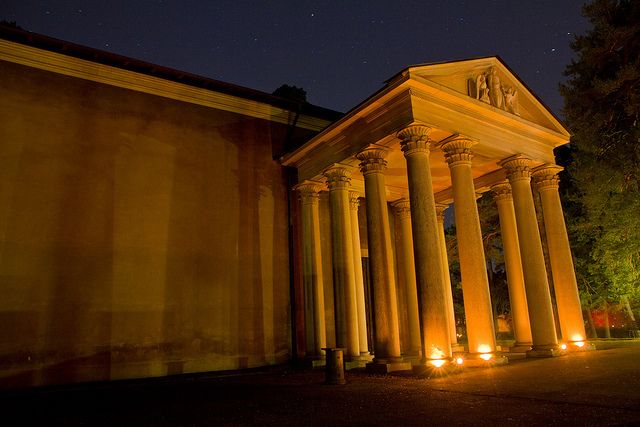
Photo: Pelle Sten/Flickr
The Woodland Cemetery is an architectural must if you come here,” agrees British architect Sonya Simmonds. The strength of Stockholm’s design scene was something the family considered before making the move from the UK. “Something like 80 percent of our visitors here are some kind of designer so we always go there.”
The cemetery was designed in 1915 by Gunnar Asplund, and is the epitome of Nordic Classicism meets functionalism.
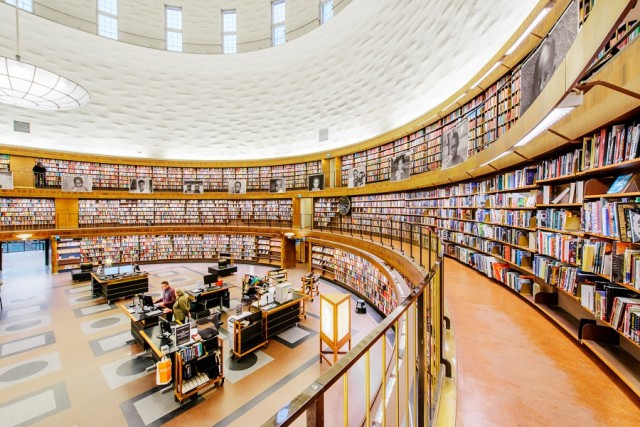
The city library. Photo: Simon Paulin/imagebank.sweden.se
It’s a favourite of Italian designer Luca Nichetto as well – in addition to the City Library, another of Asplund’s designs.
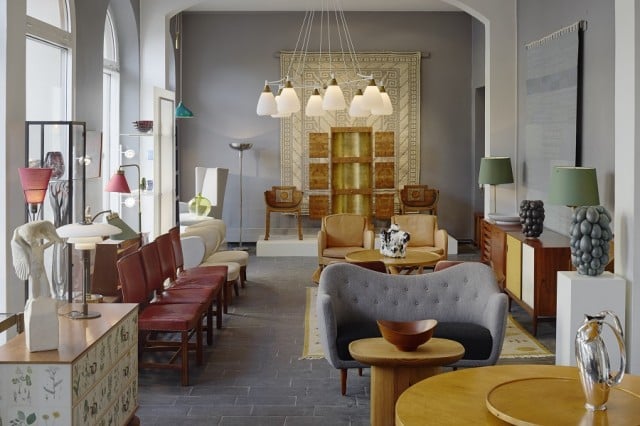
Photo: Modernity
For the affluent furniture shopper or any design aficionado, Modernity is also required viewing.
”Modernity works with vintage items of Scandinavian design, both furniture and objects,” Monica explains.
“It’s very nice for antiques,” Luca agrees. He’s a furniture designer himself, collaborating with Swedish brand FOGIA. He had a successful design studio in Italy before meeting (and marrying) a Swede, and now has a studio in Stockholm as well.
“In Sweden you have much more support from the state as a designer, which is a very positive thing,” he adds. “In Italy we almost don’t have a state, so…you do everything yourself.”
But Sweden makes it easy, and he can always get some inspiration from the classic Swedish designs of bygone decades – such as at Modernity.
Asplund, Mini Rodini, and so much more (aka shopping galore!)
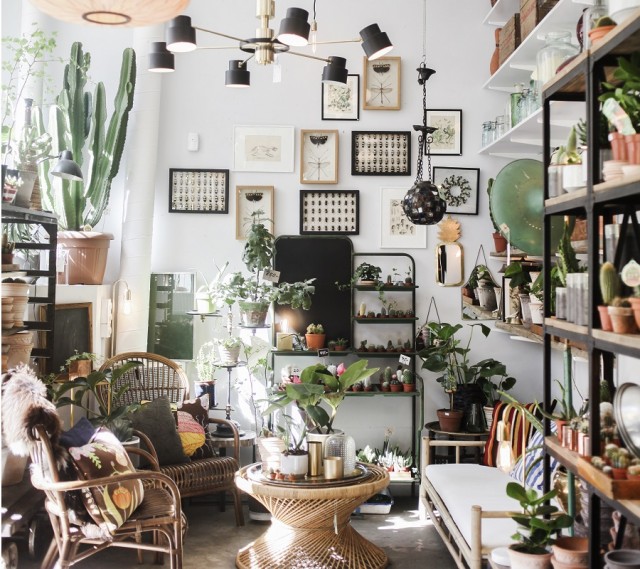
Herr Judits Brandstation. Photo: Tove Freij/Mediabank Stockholm
On that note, there are almost too many great design shops to name.
Luca and Monica recommend the interior design store Asplund – not related to the Swedish architect – and Sonya has a whole list of places she takes visitors.
“A lot our visitors also like to go to Design Torget and Granit – they have very Scandinavian style and they’re affordable.”
And as for clothing…
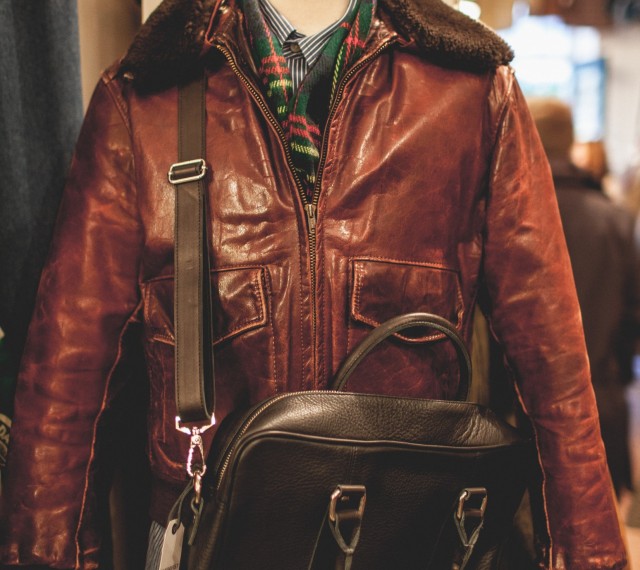
Photo: Tuukka Ervasti/imagebank.sweden.se
“Vintage shopping is really big here, and Herr Judits Brandstation is a top pick for that,” Sonya says.
“Grandpa and Mini Rodini are also great, with great stories behind them. Mini Rodini is a Swedish illustrator which makes items and clothes, and it’s become quite famous even in England.”
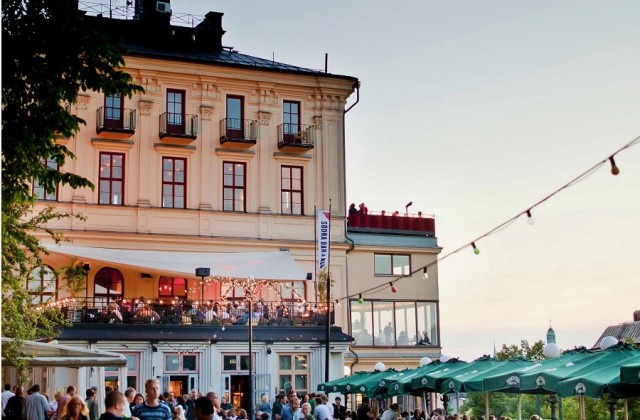 Photo: Conny Fridh/imagebank.sweden.se
Photo: Conny Fridh/imagebank.sweden.se
The Mosebacke Establishment on Södermalm is a favourite of Swedes and expats alike, no matter what your niche, with the outdoor terrace luring diners by the dozen anytime the sun is out.
“I really like enjoying the garden there, having a beer outside, and enjoying the view.” Luca says. “I’m Venetian, so the water is very important for me, and you have a great view of the water.”
The Mosebacke Establishment (Mosebacke Etablissement) also houses a historic restaurant offering lunch, dinner, and a popular jazz brunch on weekends. The venue also hosts concerts, clubs, pop-ups, and other events – you could call it a cultural hub.
It’s also nearby the charming old-fashioned streets Fjällgatan and Stigbergsgatan.
“I love Södermalm,” says Monica. “The atmosphere around Fjällgatan and Stigbergsgatan is wonderful.”
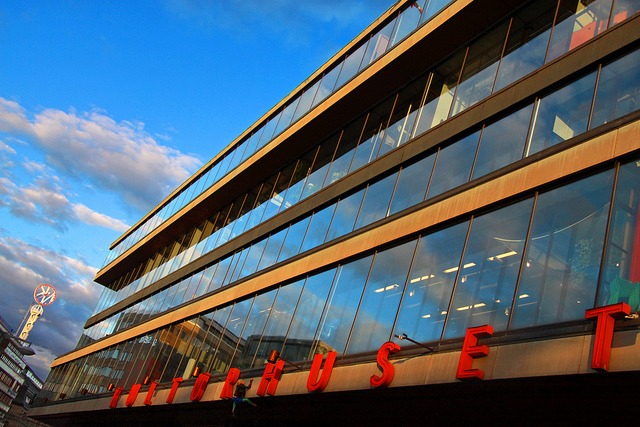
Photo: Guillaume Baviere/Flickr
Another cultural hub, located downtown at the Sergels Torg plaza, is Kulturhuset, the aptly-named “Culture House”.
“To have something like that in the city centre is amazing,” Luca says.
“In Paris you go to Pompidou; in Stockholm you go to Kulturhuset. You have tons of different aspects of culture and creativity – exhibitions, a café, a theatre, a cinema, a library and more.”
ArkDes – the museum of architecture
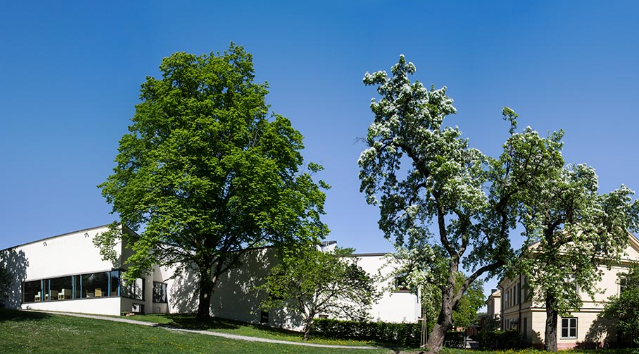
Photo: ArkDes
“One of my personal favourites is ArkDes,” says Sonya. “It’s a really big architecture museum by the Modern Museum of Art, on Skeppsholmen.”
ArkDes regularly changes its exhibits, featuring serious architecture and quirky displays such as an annual gingerbread house contest.
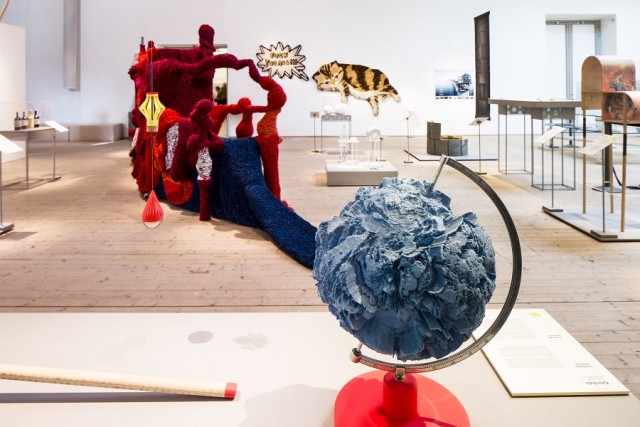
Photo: ArkDes
ArkDes also frequently collaborates with other museums and cultural events in the city, such as Swedish Fashion Week and Swedish Design Week.
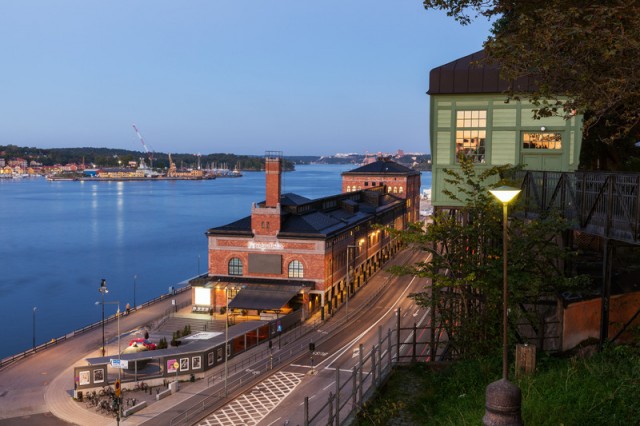
Photo: Erik G Svensson/Mediabank Stockholm
Speaking of museums, Fotografiska was bound to make the list.
“I truly believe it’s one of the best museums there is,” Luca Nichetto remarks.
“It’s a place I really love and that always inspires me – not because of its own design but because of the exhibits.”
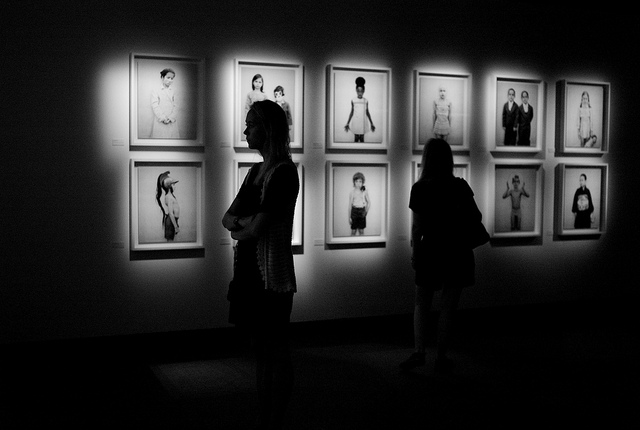
Photo: Rasmus Andersson/Flickr
Having said that, its own design is worth noting too – it has an incredible view and a top-notch restaurant with stunning panorama views of the water.
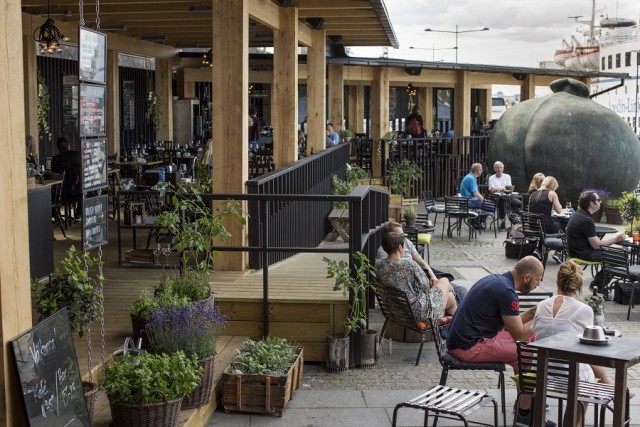
Photo: Johan Ståhlberg/Fotografiska
In the summer they also open outdoor seating with a grill restaurant area.
“They have a really great restaurant focused on sustainability and green eating,” states Sonya.
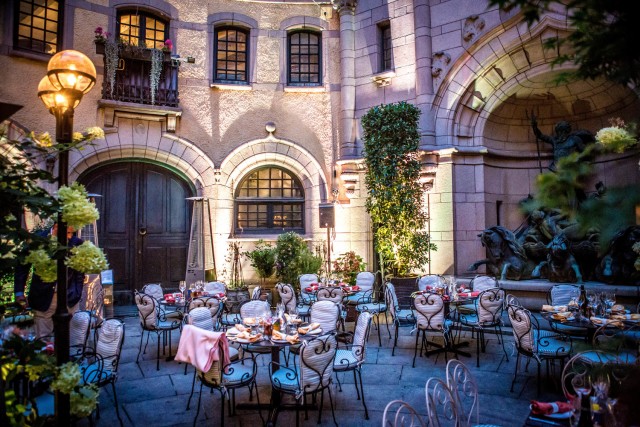
Photo: Hallwylska
Not many tourists can boast that they’ve had a drink at the residence of a Swedish Count and Countess – but the few who have love it.
Alright, so it's no longer home to nobility. But the Hallwyl House, or Hallwylska Palatset, was built at the end of the 19th century and today is a stunning historical museum.
“At the centre of the museum is a courtyard which is very Swedish, and in the summer they open it up as a bar,” Sonya says. “It’s very sophisticated and stylish.”
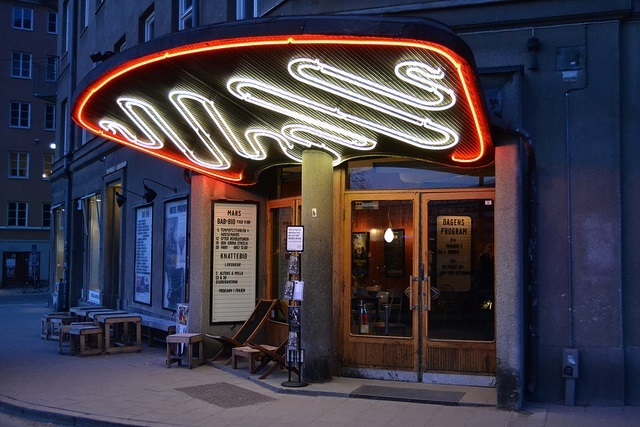
Photo: Hannu Makarainen
On the other side of town is another great spot to grab a drink, or catch a film: Bio Rio.
“The cinemas in Stockholm are beautiful – Stockholm wasn’t bombed in the war and Swedes are very good at taking care of what they have,” Sonya says. “They still have neon lights and that retro 1940s feel.”
And king of them all is Bio Rio.
“It’s really cool, not just how it looks, but what they offer and how they serve the food,” Sonya explains. “And everyone there is a bit quirky.”
This article was produced by The Local Client Studio and sponsored by Visit Sweden.

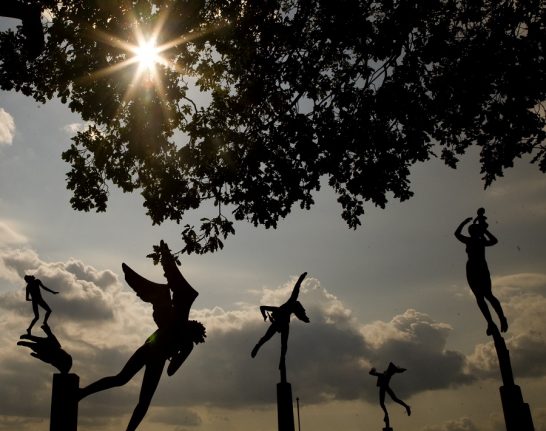

 Please whitelist us to continue reading.
Please whitelist us to continue reading.